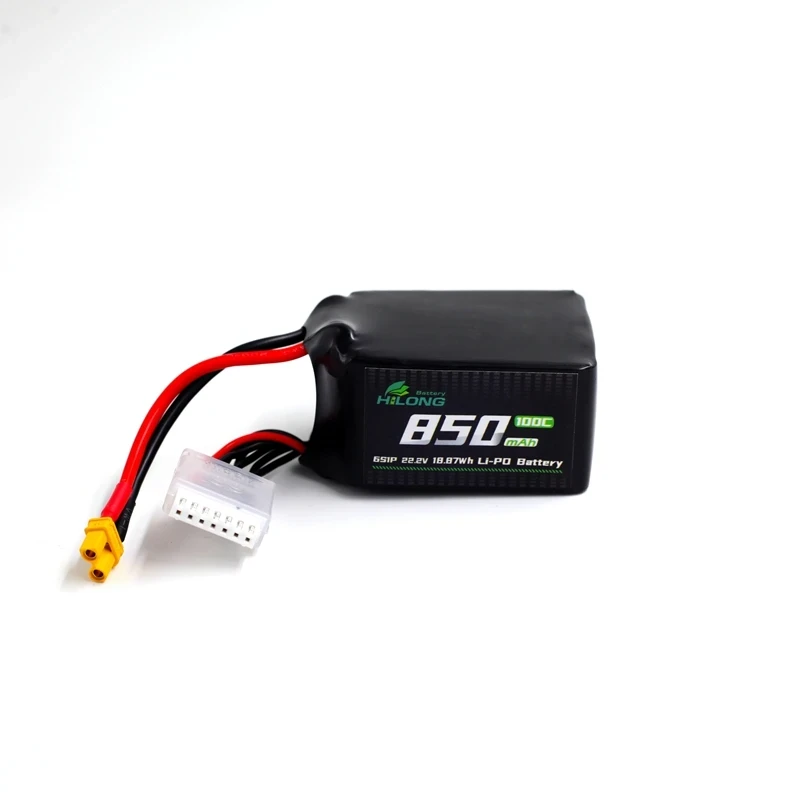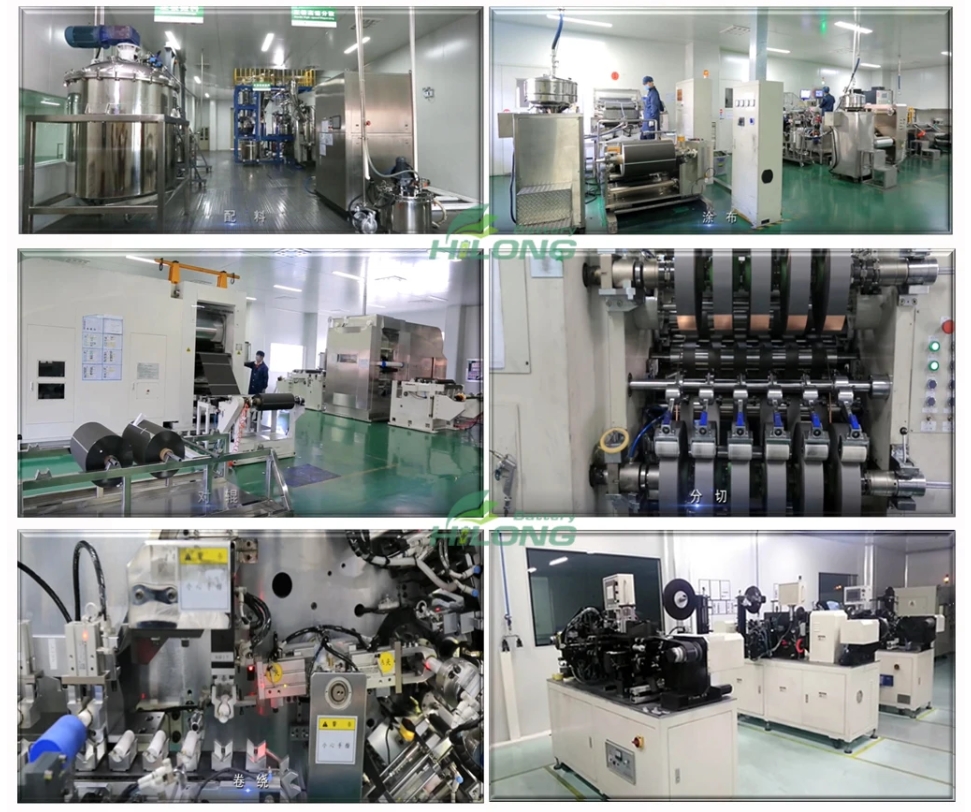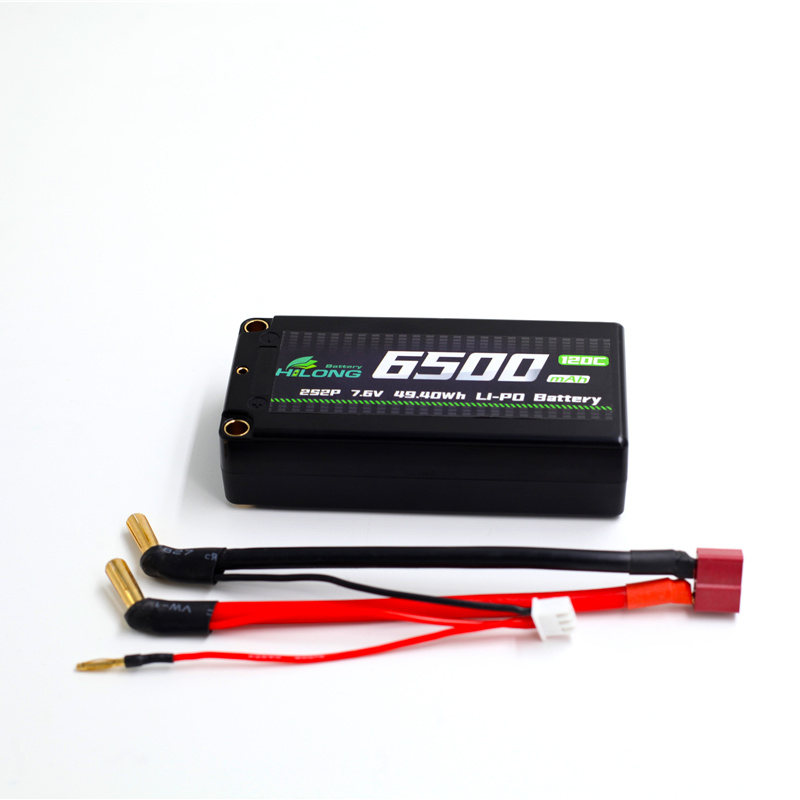In the world of RC aircraft, the choice of RC aircraft battery is crucial for optimal performance and flight duration. Various types of batteries cater to different needs, ranging from lightweight indoor flyers to high-performance outdoor models. Understanding the different types of RC aircraft batteries is essential for enthusiasts to make informed decisions based on their requirements and preferences.
Nickel-Cadmium (NiCd) RC Aircraft Battery
NiCd batteries were once a popular choice for RC aircraft due to their relatively low cost and robustness.
They offer good performance in cold weather conditions and can endure a high number of charge-discharge cycles.
However, they have a lower energy density compared to newer battery technologies, resulting in heavier weight for the same capacity.
NiCd batteries are gradually being phased out in favor of more advanced options due to their susceptibility to memory effects and environmental concerns regarding cadmium.
Nickel-Metal Hydride (NiMH) RC Aircraft Battery
NiMH batteries have replaced NiCd batteries in many RC applications due to their higher energy density and lack of memory effect.
They offer a better capacity-to-weight ratio compared to NiCd batteries, making them suitable for a wider range of RC aircraft.
NiMH batteries are relatively inexpensive and widely available, making them a popular choice among hobbyists.
However, they still have lower energy density compared to newer battery chemistries like lithium-based batteries.
Lithium Polymer (LiPo) RC Aircraft Battery
LiPo batteries have revolutionized the RC hobby with their high energy density, lightweight, and high discharge rates.
They are the preferred choice for high-performance RC aircraft, including drones, helicopters, and aerobatic planes.
LiPo batteries offer higher voltage and longer flight times compared to NiCd and NiMH batteries of similar capacity.
However, they require careful handling and charging due to their sensitivity to overcharging, over-discharging, and physical damage, which can lead to fire hazards if mishandled.
Proper storage and charging practices, along with the use of LiPo-safe bags, are essential for safety when using LiPo batteries.
Lithium-Ion (Li-ion) RC Aircraft Battery
Li-ion batteries share similarities with LiPo batteries but have a different internal structure, typically featuring a more robust casing.
They offer a higher energy density compared to NiMH batteries and are less prone to swelling or puffing during use.
Li-ion batteries are commonly used in larger RC aircraft where weight is less critical, but extended flight times are desired.
While they offer good energy density and safety compared to LiPo batteries, they are generally more expensive and less common in the RC hobby market.
Lithium Iron Phosphate (LiFePO4) RC Aircraft Battery
LiFePO4 batteries are known for their high cycle life, safety, and stable discharge characteristics.
They are less prone to thermal runaway and fire compared to LiPo batteries, making them a safer choice for novice users.
LiFePO4 batteries have a lower energy density compared to LiPo batteries but offer better thermal stability and longevity.
They are commonly used in applications where safety is a primary concern, such as scale models and beginner-friendly RC aircraft.
Conclusion
Choosing the right RC aircraft battery for your RC aircraft is essential for achieving optimal performance, flight duration, and safety. Each type of battery has its advantages and limitations, catering to the different needs and preferences of RC enthusiasts. Whether you prioritize high performance, safety, or longevity, there's a suitable RC aircraft battery option available to enhance your flying experience.
Hilong Battery always likes to supply Custom-made services. Our collection of high-quality RC Aircraft Batteries is designed for optimal durability and performance. Find more details about RC aircraft battery solutions here.





.jpg)

